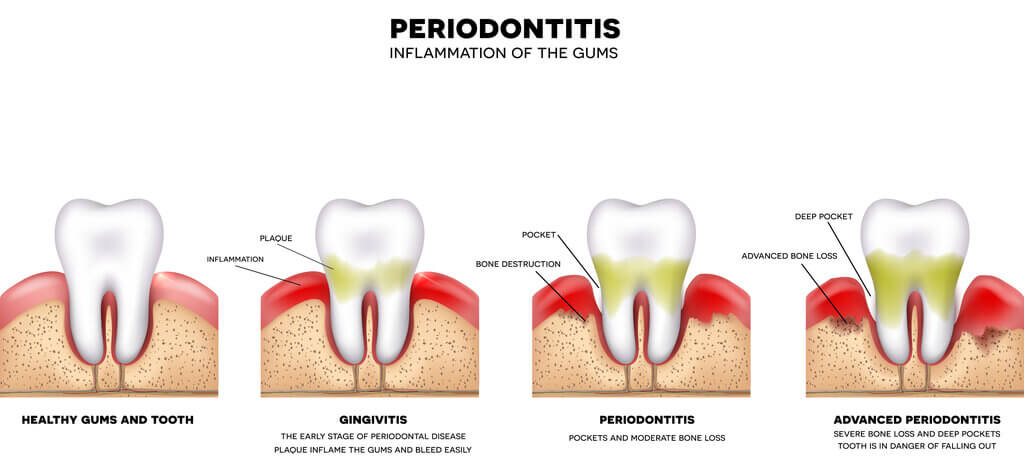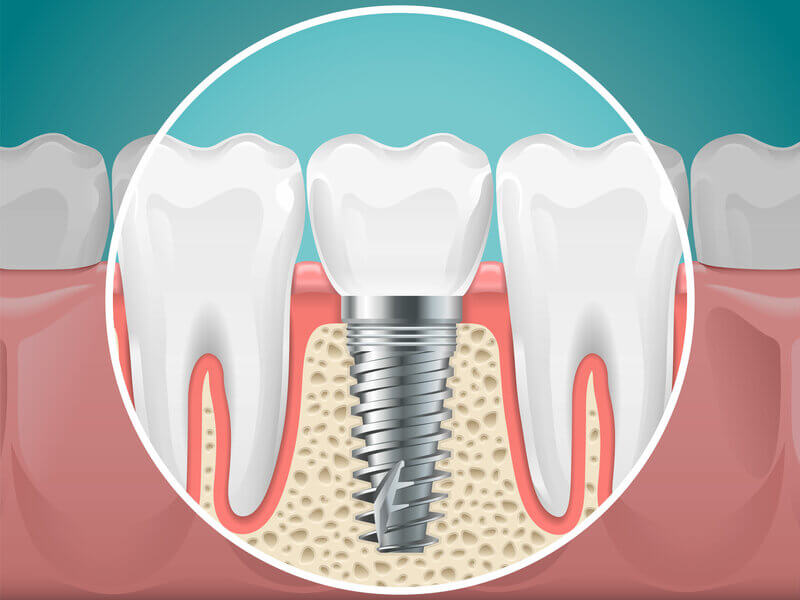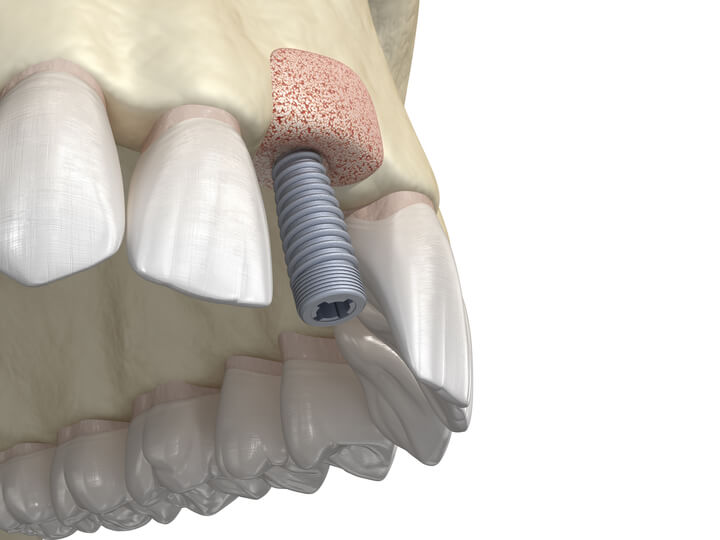Bone Grafting For Dental Implants
| Table of Contents | |
What Is A Dental Bone Graft?
A dental bone graft is often a necessary procedure before a dental implant is placed. This treatment restores missing bone structure in the jaw to provide a solid foundation needed for successfully situating a tooth implant.
When a patient loses a tooth or gets a tooth extracted, bone loss around the area of the jaw area can start to diminish after just the first year. The longer the missing tooth is left untreated the more the bone that is no longer stimulated degenerates over time. Periodontitis is one type of gum disease that gradually worsens over time and causes severe bone and tooth loss.

Can You Get A Dental Implant Without A Bone Graft?
Yes, it is possible to get a dental implant without a bone graft. Replacing the tooth that has been lost as soon as possible will decrease your chance of needing a dental bone graft for an implant.
Dental implants have the ability to replace the tooth root with a titanium screw that can fuse to your bone and keep it from further deteriorating. Consulting with a Prosthodontist will help you determine if this procedure is actually needed.
When Is A Bone Graft Required For Dental Implant Surgery?

A dental implant can help your bone tissue to remain intact, but if there is no bone tissue present then the implant will have nothing to fuse with. This is when a bone graft would be needed.
A dental bone graft help to regenerate your bone tissue and provides the base needed for the implant to screw in and stay in place.
How Is Dental Bone Grafting performed?
Dental bone grafting is a lot less complicated and scary than it sounds. A local anesthetic will be used to numb your gum tissue where a minimal incision will be made. The surgical site is disinfected, cleaned, and filled with bone grafting substance to fill the area where the natural bone loss occurred.
Then a membrane is used to cover and protect the bone graft materials while the area heals. In the last step, the gum tissue is stitched over the membrane and allowed to mend.
Is a gum and bone graft painful?
This common dental operation is completely painless. The local anesthetic that is used will prevent you from feeling anything while the doctor performs the surgical procedures.
Patients with more severe bone loss may require IV sedation as the process is more involved and will take more time to complete. Aftercare will involve prescribed pain medication along with antibiotics to help you through your recovery.
How Long Is The Recovery Time?
The healing process will be different for each patient depending on a variety of determining factors. This includes the amount of bone growth required, the type of bone graft, and your body's natural ability to heal.
Generally, you are looking at about one or two weeks for the outer part of your gums to heal and as little as 4 months to regenerate bone tissue. In some cases, complete bone regeneration can take up to 8 months.
Dental Implant Placement After Bone Regeneration
 Whenever the bone has been completely restored and healed a dental implant can now be set. First, a titanium screw will be inserted into the newly regenerated bone tissue and allowed to fuse with it.
Whenever the bone has been completely restored and healed a dental implant can now be set. First, a titanium screw will be inserted into the newly regenerated bone tissue and allowed to fuse with it.
Titanium is one of the only materials that can fuse naturally with our bodies without any adverse effects.
Second, an abutment is placed onto the screw in order to provide a base for a dental crown to be placed. Lastly, a porcelain dental crown will sit on top of the abutment that works as a bridge between the screw and the crown.
How To Know If You Need A Dental Bone Graft
Visiting with an experienced periodontist like Dr. Samo will is the surest way of knowing if you need a bone graft for a tooth implant. After a series of x-rays and thorough examination, the doctor will be able to determine if a dental bone graft is required to receive a dental implant.
